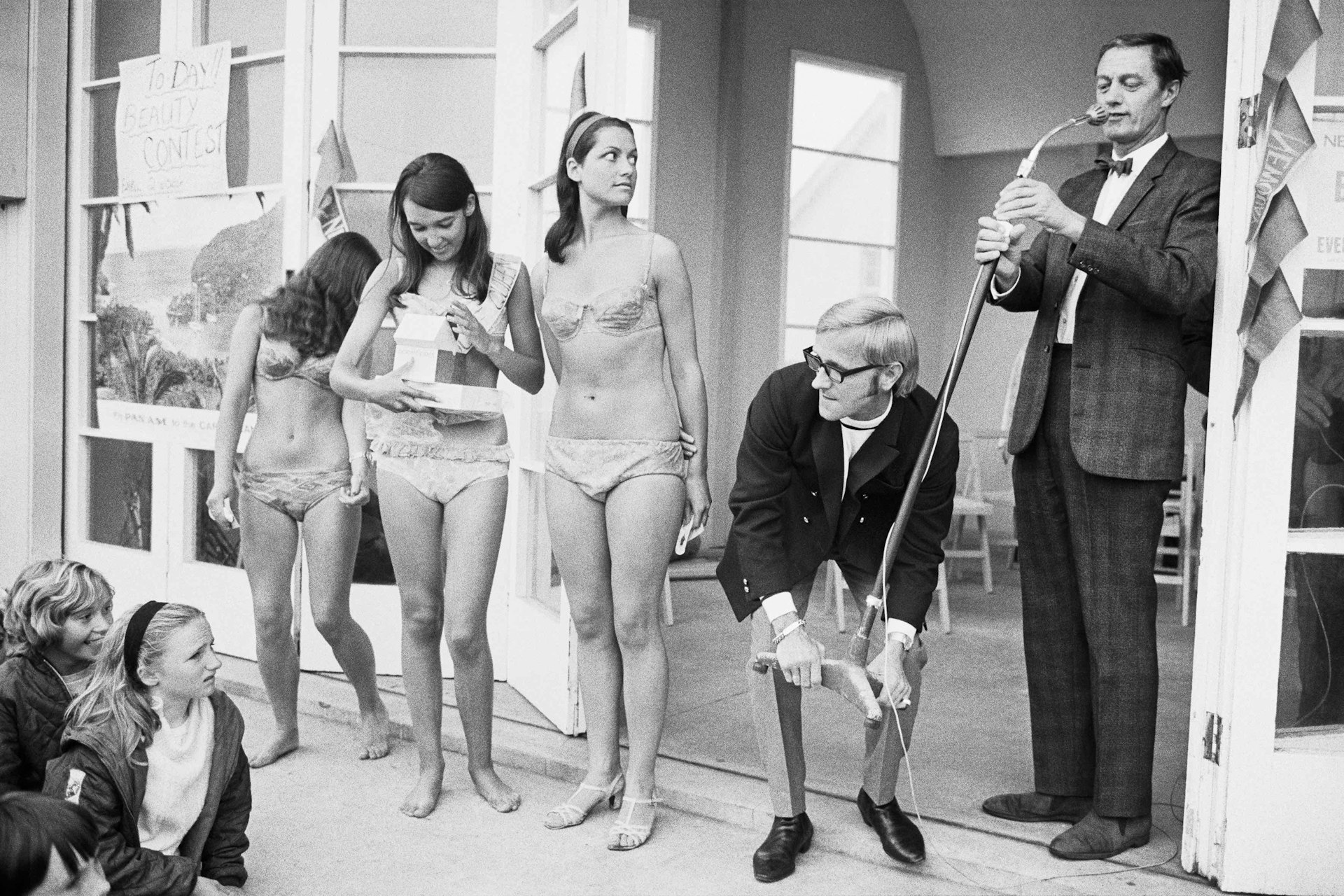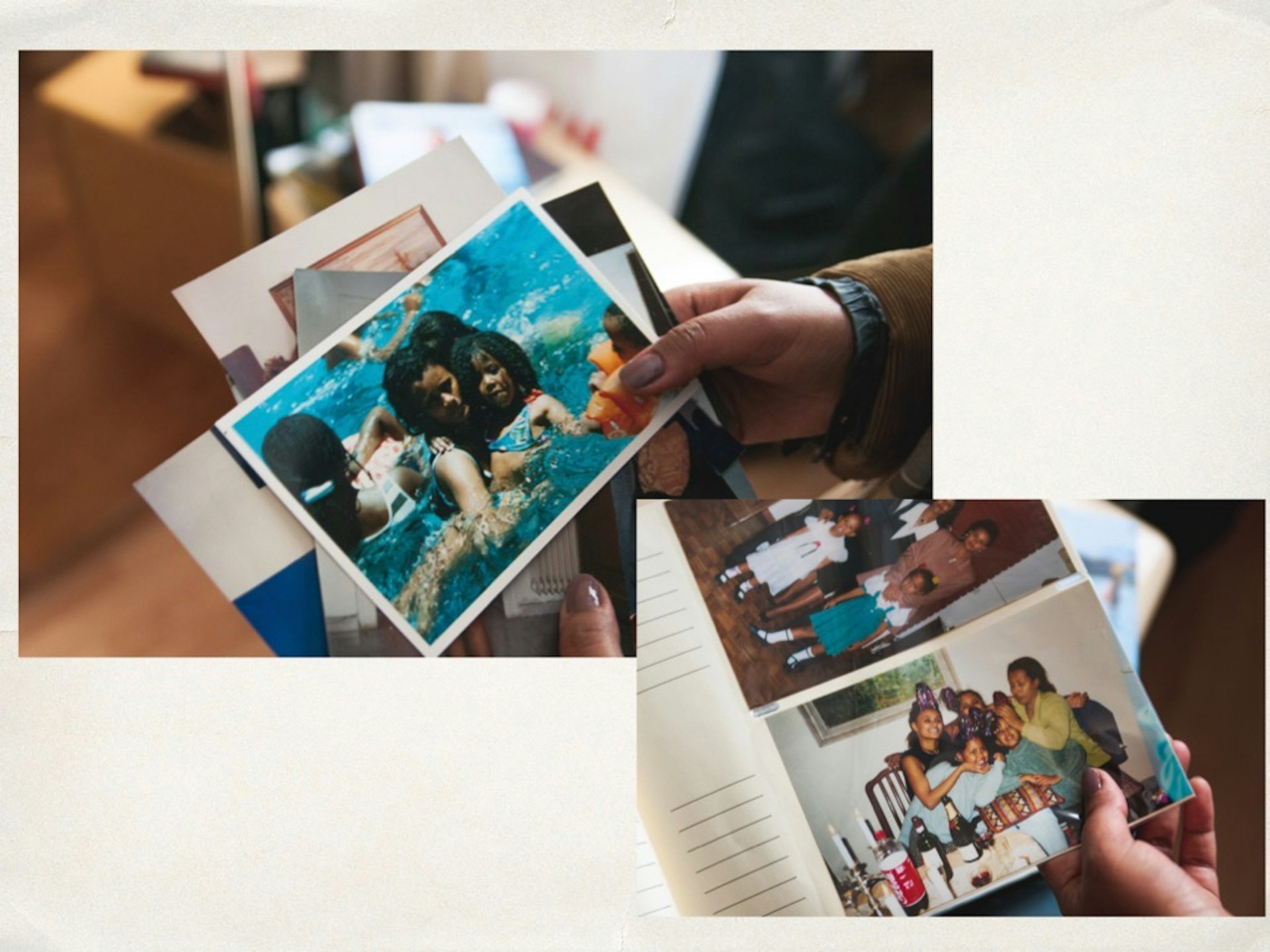
How Grenfell families are finding new ways to heal
- Text by Mutaz Ahmed
- Photography by Feruza Afewerki
Feruza Afewerki lost four family members to the Grenfell Tower fire. While she remains hungry for justice, today’s Grenfell Tower Inquiry findings are not occupying her mind.
Instead, she is focused on the Gold and Ashes project, a crowdfunded photobook which provides bereaved Grenfell families with an opportunity to autonomously tell the stories of their lost ones. Feruza hopes it will serve as an alternative path to healing for those who, like her, have lost faith in the institutional forms of justice.
“I was in Jerusalem when I learnt of the fire,” she remembers. The trip, intended to bring her closer to her Christian faith, came to a crashing halt on the morning of 14 June 2017. During morning prayers, a friend mentioned that there had been a fire at Notting Hill Gate. The precise location was unclear, but Feruza’s mind immediately fixated on the welfare of her sister, who lived on the 19th floor of Grenfell Tower. “I got my phone and frantically tried to know what tower it was. I was scrolling, then eventually saw the word ‘Grenfell’. Everything was a blur after that.”
Upon her immediate return to London, she was informed that four family members had perished in the fire. Among the 72 fatalities were her sister, niece, brother-in-law, and cousin. The remains of Feruza’s three-year-old niece, Amaya Tuccu-Ahmedin, were found next to those of her mother, Amal Ahmedin, suggesting they were holding each other in death. Feruza’s sister, Winta Afewerki, told the Grenfell inquiry that they “were being burnt alive holding each other so tight, trying to squeeze the nightmare away.”
The aftermath
Even as the fire was still raging in parts of the building, Feruza says that cultural and religious traditions were becoming a matter of contention between grieving families and the authorities. “They treated family traditions with contempt,” she says. “They were treated like they were the perpetrators.”
For the disproportionately large number of Muslim families who were affected, it was important to receive the remains of the dead as soon as possible. Islamic funeral customs require that the body of the deceased is buried immediately after death.
But that expectation could not possibly be met. The severity of the fire’s impact on the bodies of the deceased made it difficult for police to definitively confirm deaths, and the structural instability of the building hindered firefighters’ access to large sections of it. Unfortunately, these reasons were not communicated to the families. “We did not see the police for at least a week,” Feruza later wrote to the inquiry. “It was so frustrating not to be able to get information from anyone. We heard nothing from the council.”
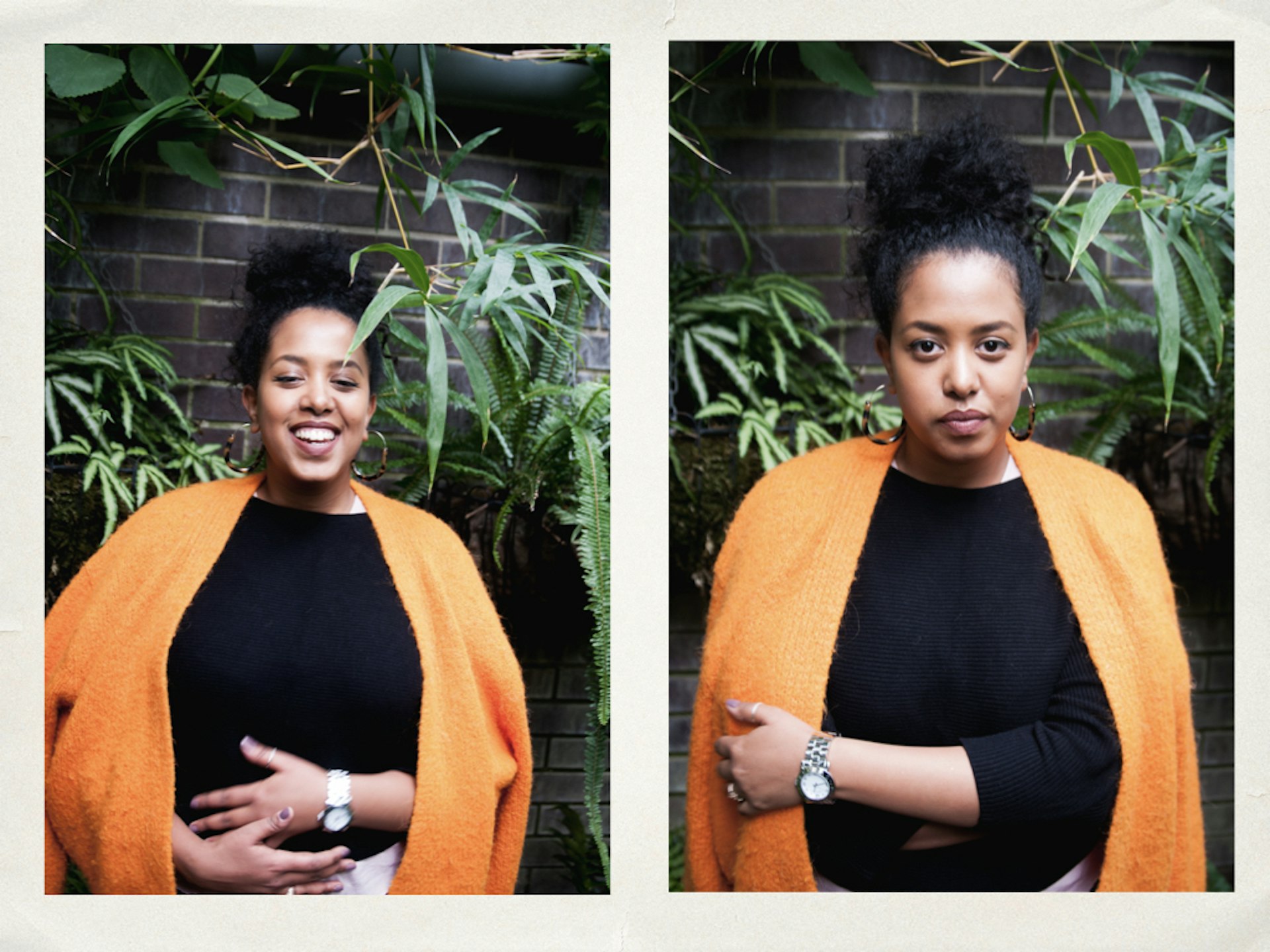
Feruza, by Tara Leigh
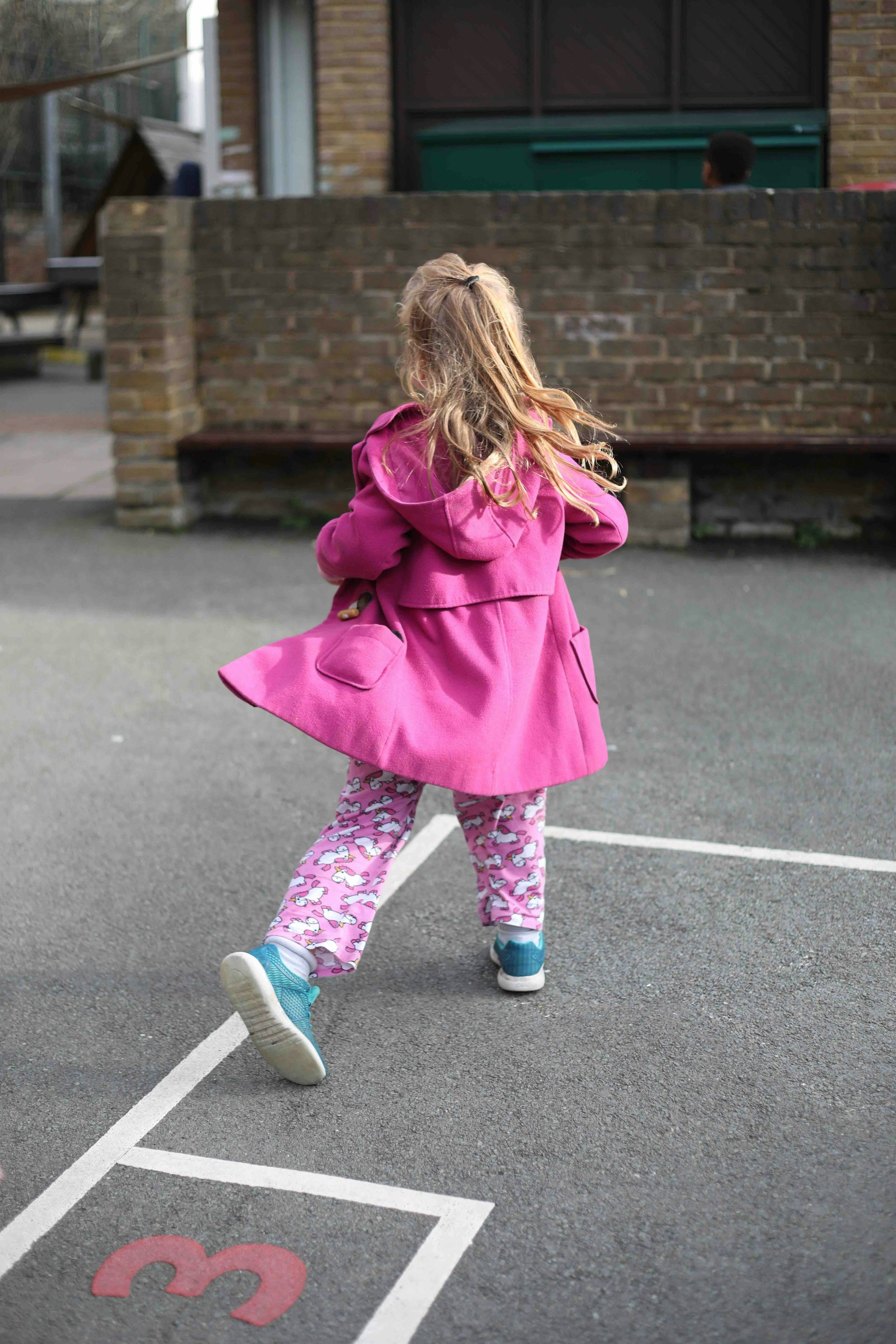
Esther, Grenfell communitty
At that point, the seeds of distrust had already been sewn – but disappointment quickly turned to anger when media reports emerged suggesting that use of combustible cladding was approved by the council because it was cheaper than the alternative. The council had also reportedly ignored the concerns by residents about the building’s deficient fire-safety features.
The Grenfell Action Group blog, co-authored by Edward Daffarn, a Grenfell resident, and Francis O’Conner from a nearby estate, frequently wrote of the risks of a “devastating fire” at Grenfell Tower. In November 2016, just seven months prior to the fire, they wrote that it was their “conviction that a serious fire in a tower blog or similar high-density residential property is the most likely reason that those who wield power at the KCTMO will be found out and brought the justice!” (Edward Daffarn, who narrowly survived the fire after escaping from the 16th floor, has already contributed his story to the photobook.)
As well as that, the government’s efforts to rehouse the victims proved disastrous. “Theresa May promised everyone would be rehoused within three weeks,” Feruza says. Referring to families who remain in temporary accommodation, she adds: “It’s now been 28 months.”
“My world view has changed massively,” she continues. “I’ve always been on the look-at-the-bright-side kind of person. I wouldn’t say that I’m not still an optimist, because I think without hope you can’t continue. But it has made me really question if the hope that I have is real. Grenfell just demonstrated that there’s a real hatred that still exists towards people from a certain class or race.”
Finding hope
In April of this year, Feruza joined the Silent Walk for Grenfell. The march, which takes place on the 14th of every month, sees families and supporters gather at the Westway underpass, close to the site formerly occupied by Grenfell Tower. A silent procession then makes its way past Notting Hill Methodist Church and towards Ladbroke Grove. Placards – some bearing heart-warming quotes, others protesting the lack of justice – feature heavily. Most poignantly, families can be seen comforting one another as they walk in silent remembrance.
“After I walked with this community in silence, this rage came up,” she says. “They were still showing up every month and showing so much respect, and yet nothing had been done.”
Her answer was to create the Gold and Ashes project: a book of images, of the victims and their surviving families, accompanied by quotes about their character. She saw it as a platform for the community to reconstitute itself.
“The whole thing is about refocusing the lens on the heart of the matter, and that is part of rewriting the story of the people who lived in Grenfell,” she explains. “I’ve seen people treat people’s stories without humanity and I wanted to fix that. There’s something really powerful about choosing to accept that Grenfell is now a part of my story; and that story about me, and people who lived in Grenfell, needs to be rewritten.”
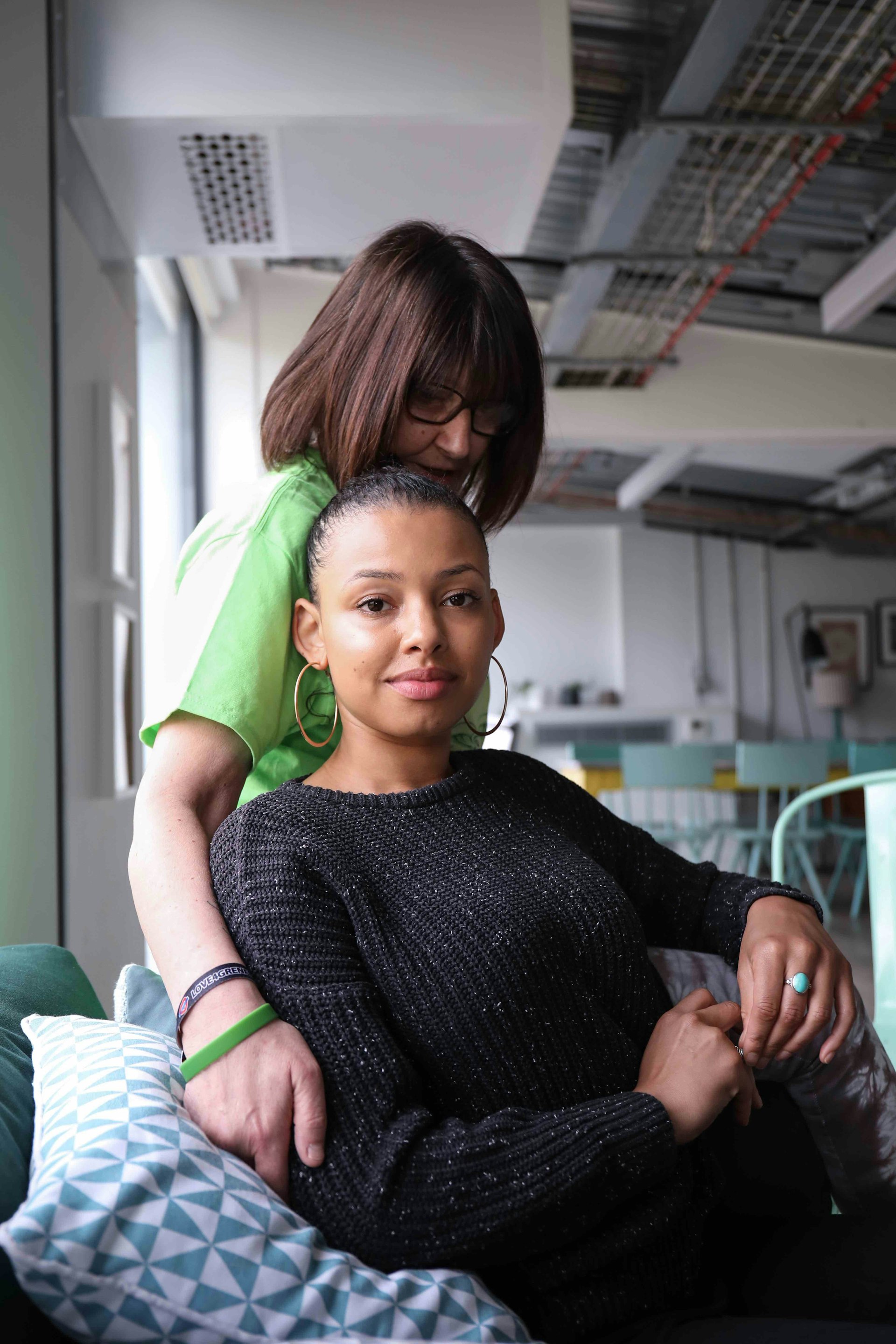
Maxine and Sue, Grenfell community

Grenfell United
“The image that you get when you think of social housing is a narrative that has been fed into us and it’s not true. It’s dehumanising. And what this is doing is re-humanising through photography.”
There are no photoshoots in the project. Rather, Feruza accompanies families to their places of comfort, their favourite parks, and – for those who are not still in temporary accommodation – in the comfort of their homes. While talking, she discreetly takes photos with her DSLR.
A total of £14,000 was raised for the project from an online crowdfunding campaign. Charitable organisations also contributed, bringing the total amount to just over £20,000. This generosity, displayed over a year after the fire, surprised Feruza: “The way people gave was a bit insane. People really believe in this, and that drives me.”
In the coming months, the stories of dozens of Grenfell families will be captured through her lens. An exhibition will follow the publication of the photobook, and she hopes to have done both in time for the third anniversary of the fire.
It is often the case that people assume inquiries will be whitewashed. They are, after all, predominantly used to investigate those in positions of power. The selection of Sir Martin Moore-Bick to lead the Grenfell Tower Inquiry – a man who has never had to deal with poverty or face any form of racism – was particularly jarring. But there is still a flicker of hope – after all, who could listen to the commemorative statements of Grenfell families and not be moved to search for real answers? “Maybe the Inquiry will surprise me,” Feruza says. “Let’s see.”
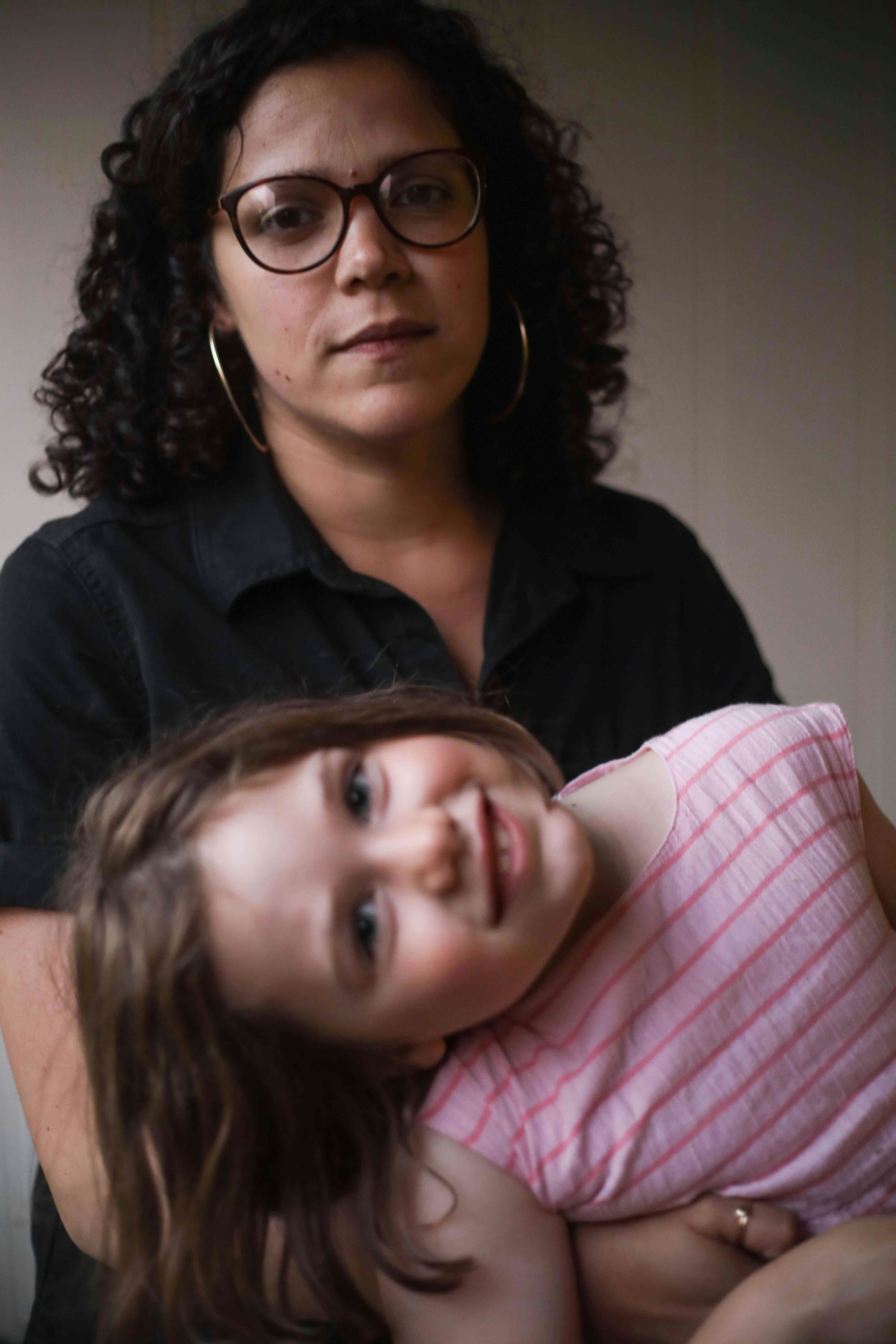
Andreia and Rosie, Grenfell community
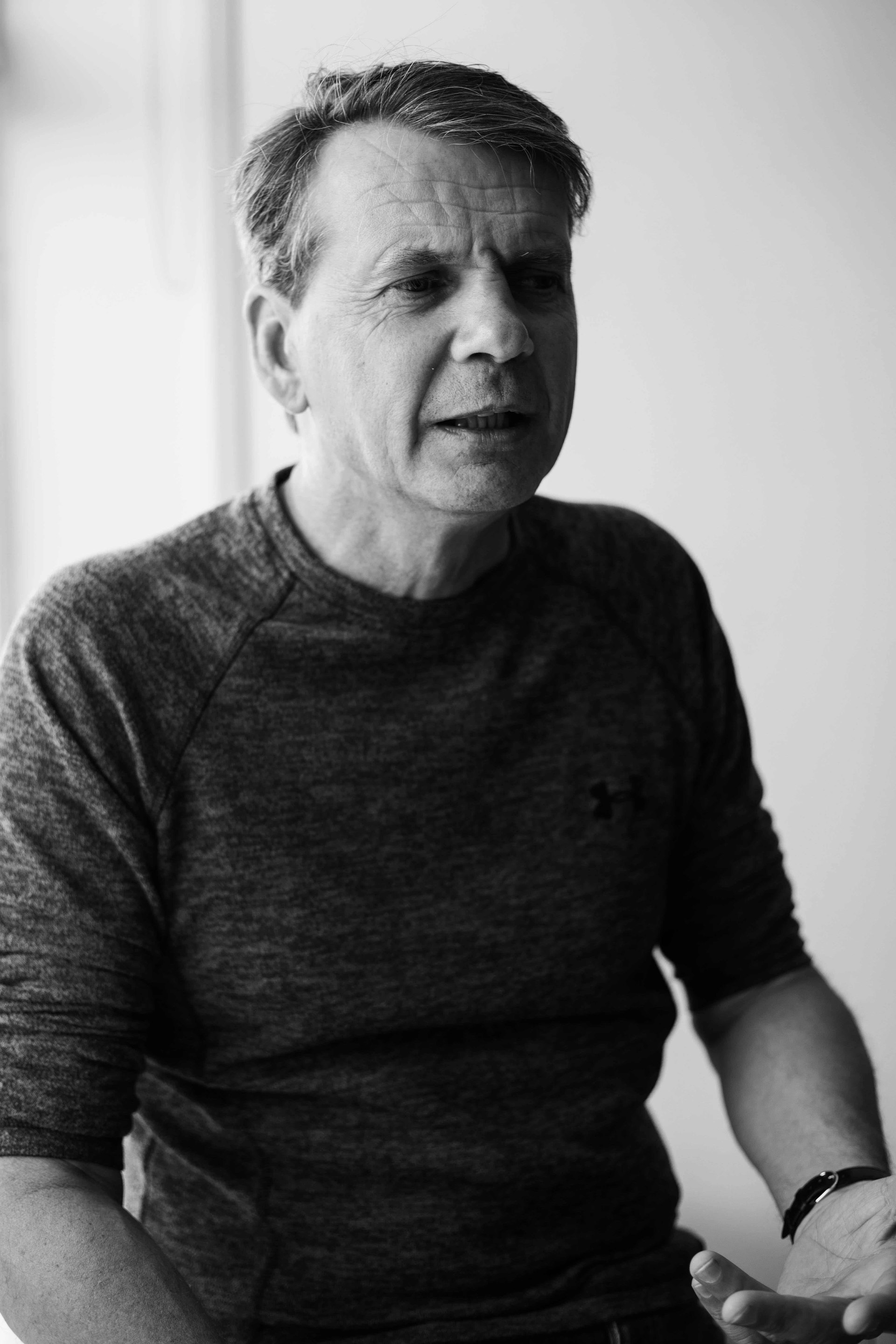
Ed Daffarn, Grenfell survivor
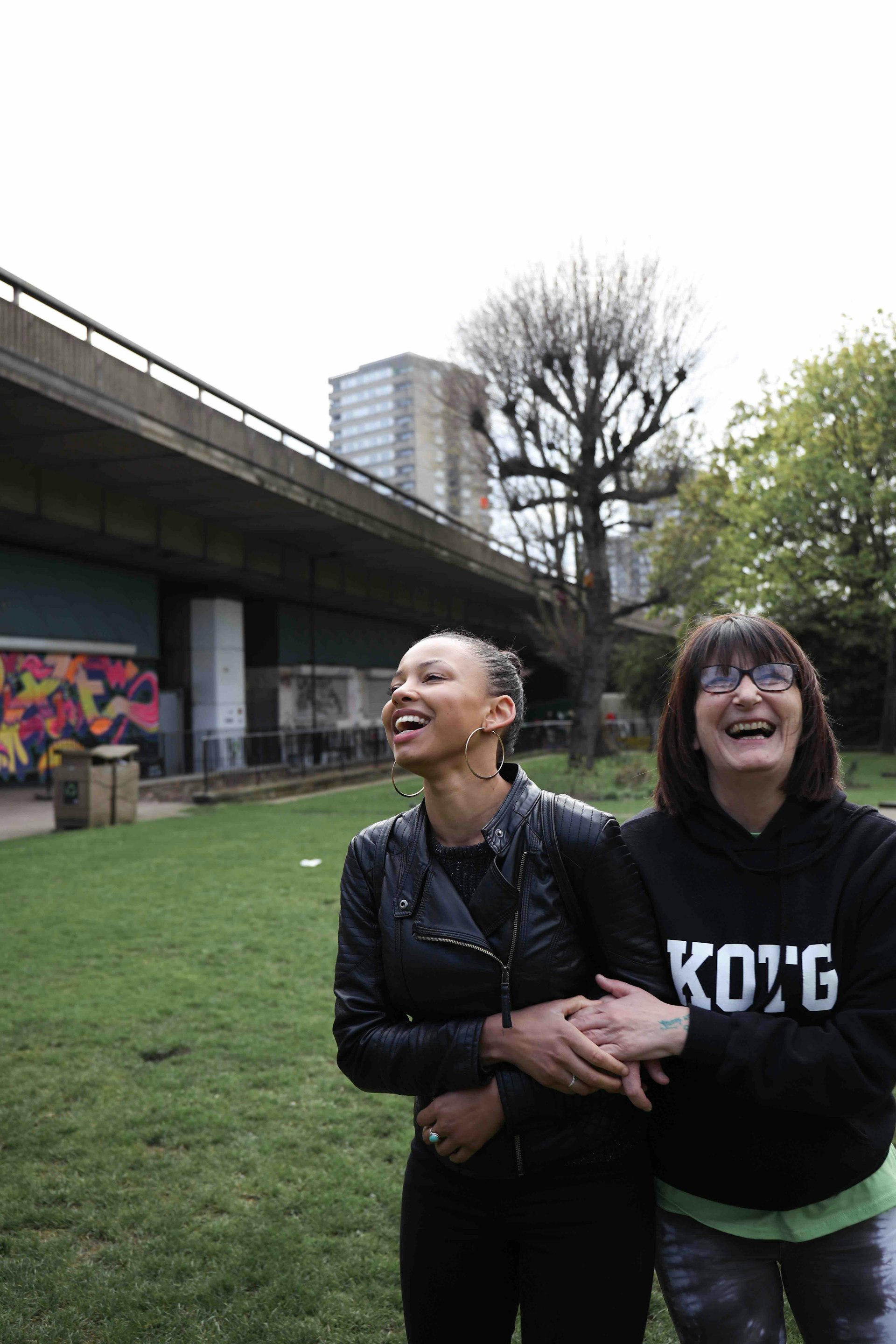
Maxine and Sue, Grenfell community
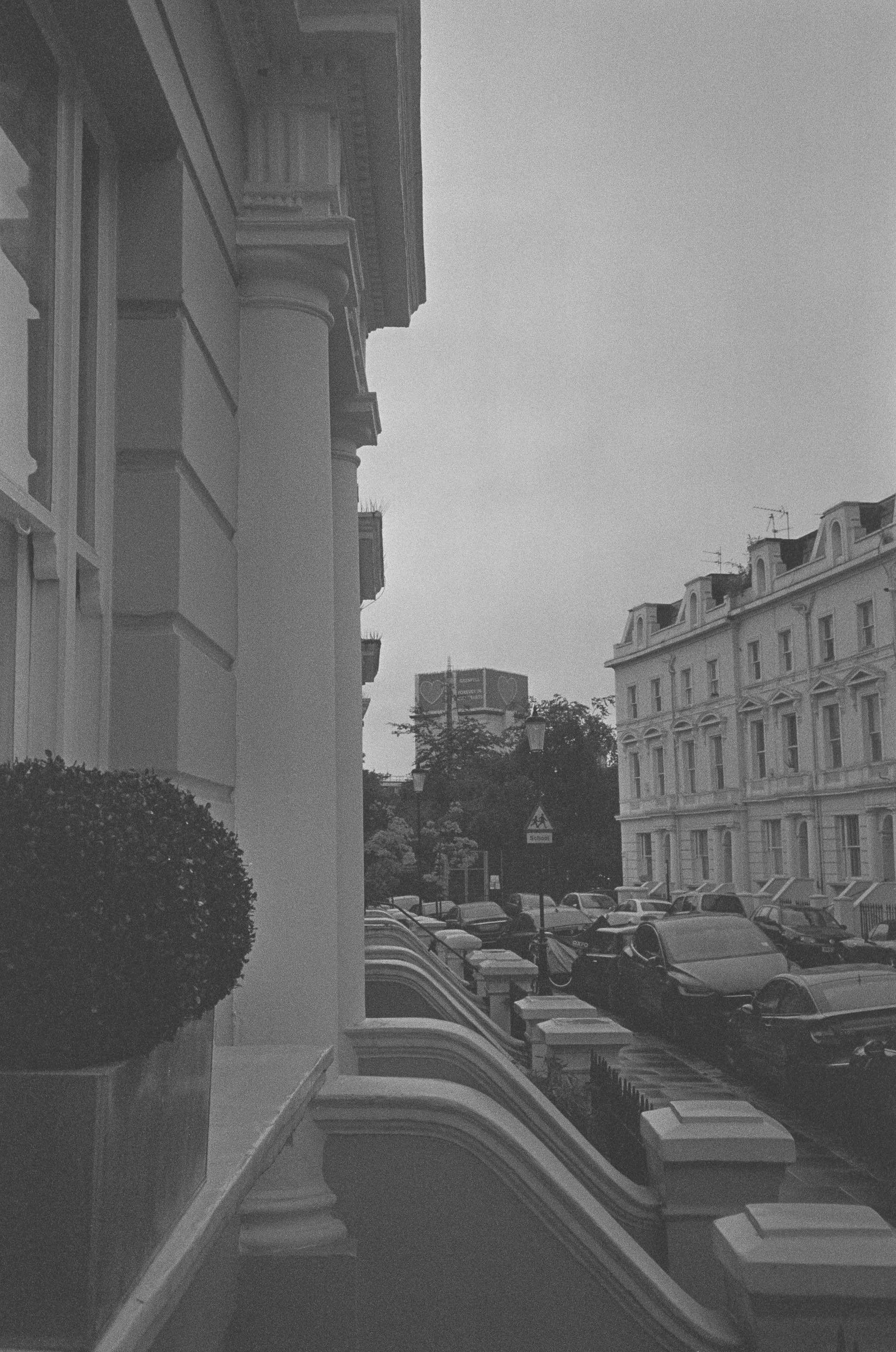
Learn more about the Gold and Ashes project, or donate, on the crowdfunding page.
Follow Mutaz Ahmed on Twitter.
Enjoyed this article? Like Huck on Facebook or follow us on Twitter.
